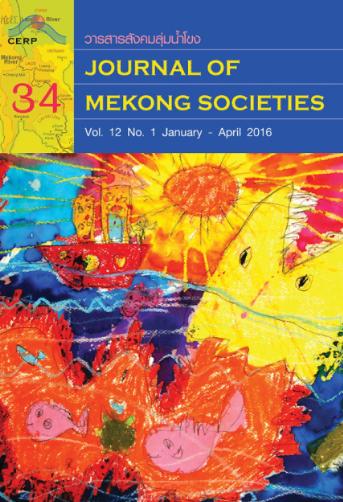Mythologies of the Hall of Opium: the Identification of Opium in the Context of Nation-Building and Tourism
Main Article Content
Abstract
The objective of this article, which focuses on the Hall of Opium in Chiang Rai, is to analyze the different modes in which opium and its use may be presented to the public, and to explore in particular its overlapping socio-cultural and political dimensions. The study shows that this museum has sought to reconstruct the meaning of opium by creating a historical discourse that stresses the evolutionary changes in perceptions of opium from medical to narcotic usage. Simultaneously, the relationship between the history of opium and the politics of its production and distribution is presented in an integrated way in the exhibition. The Opium War in China and the history of opium in Thailand are used as examples to illustrate the change from legal to illegal status. The Hall of Opium was established with the aim of promoting tourism in Chiang Rai province. This form of cultural production of tourism makes an important contribution to the development of capitalism and to the modernization of Thai society. However, the museum’s emphasis on the harmful effects of opium as a narcotic has the effect of undermining the real history of opium as an important tool in political conflict and in the nation-building legend of the peoples of the Golden Triangle.


